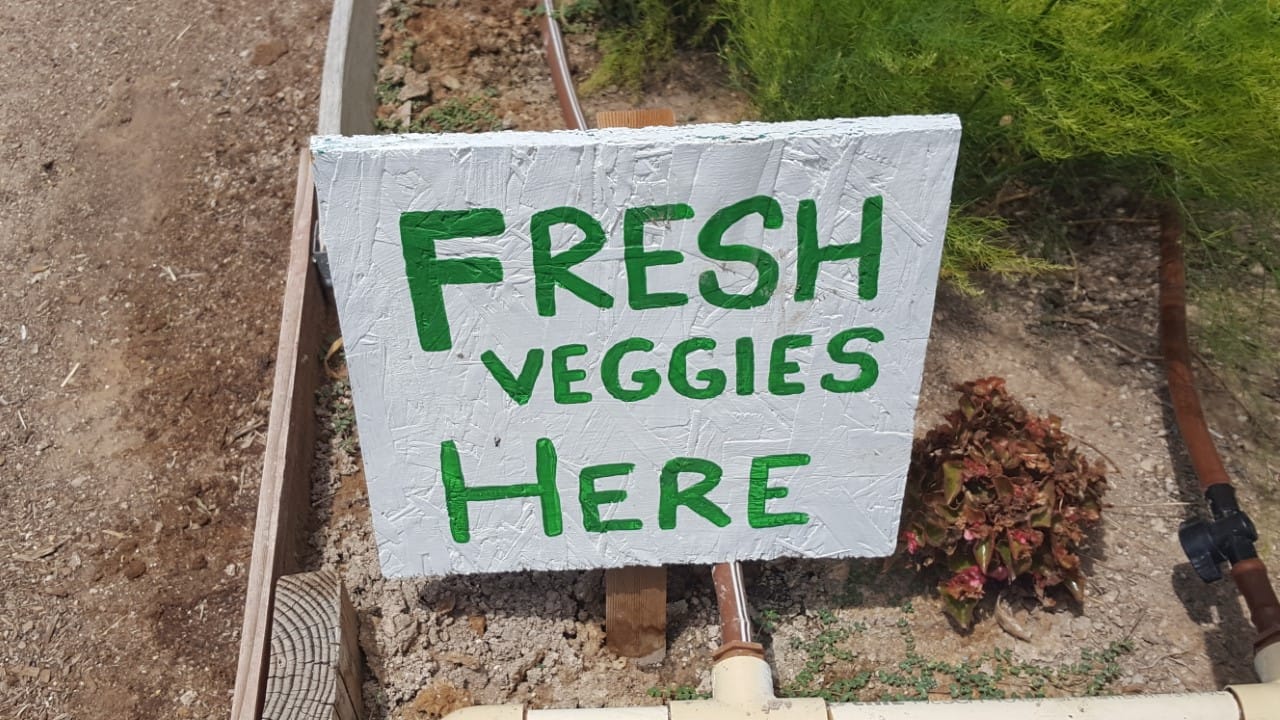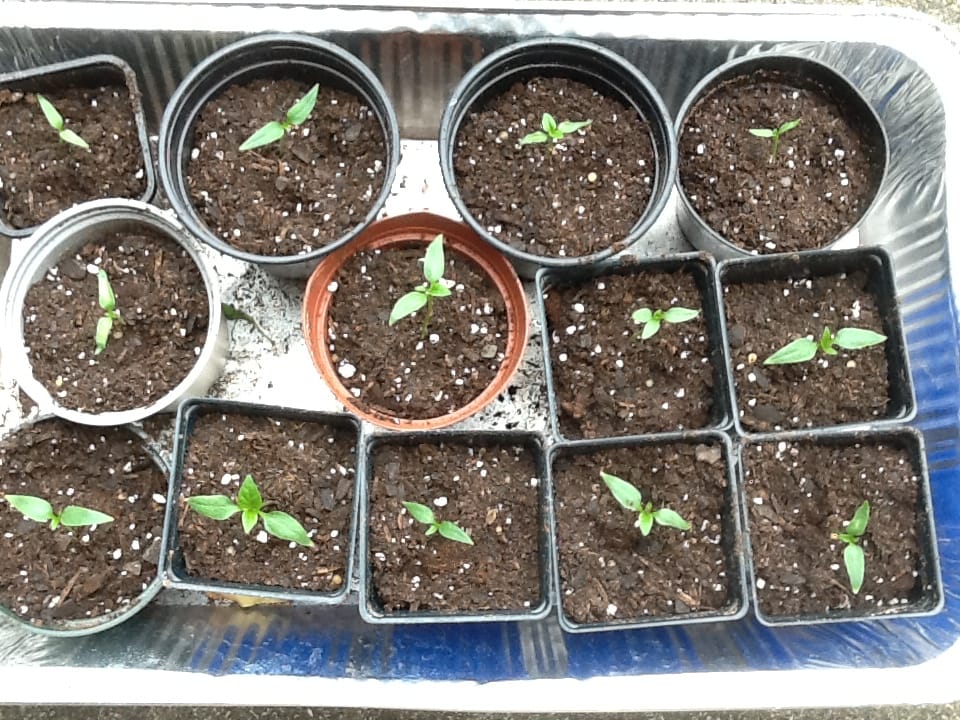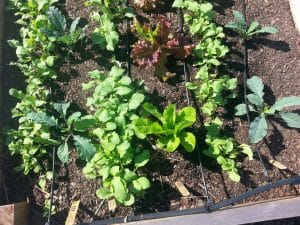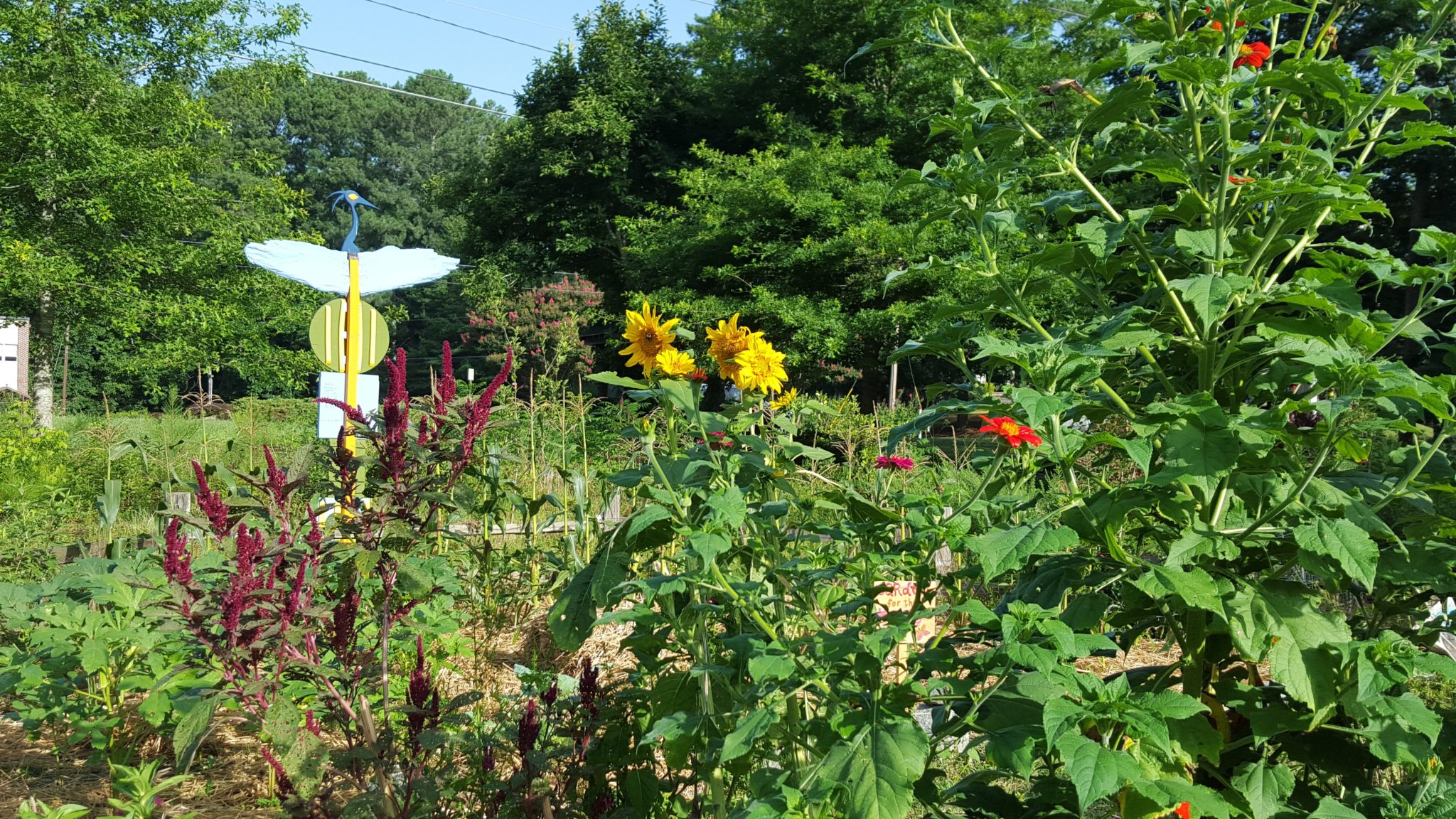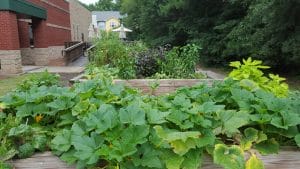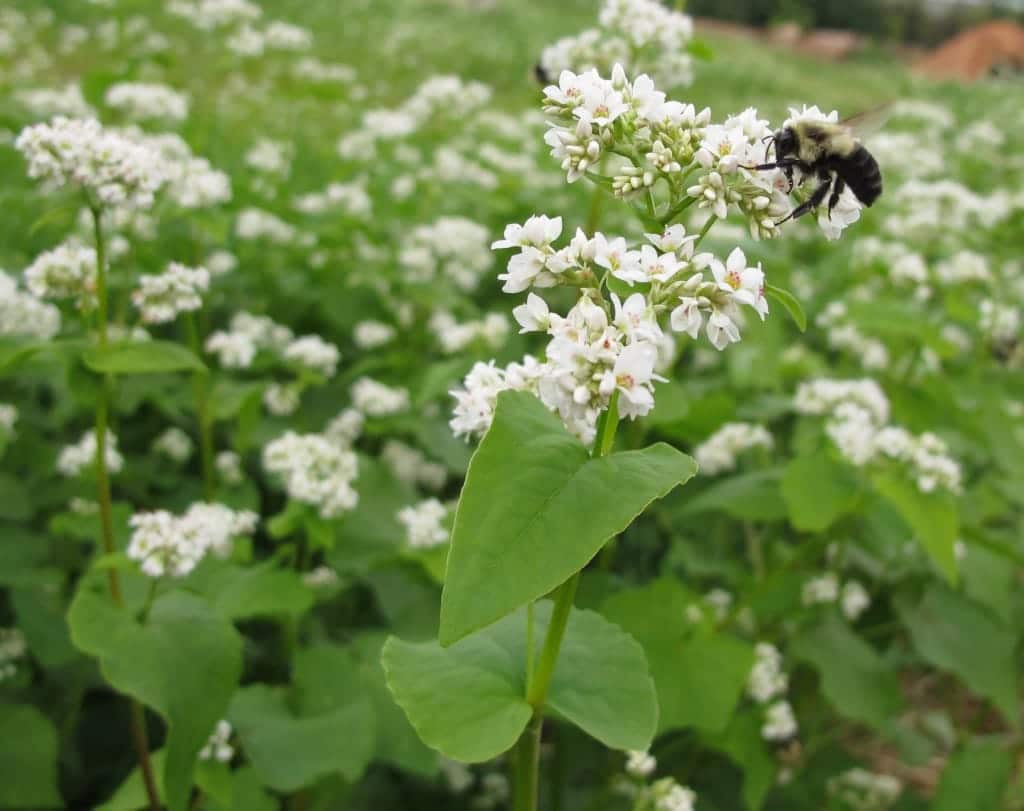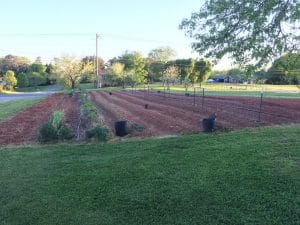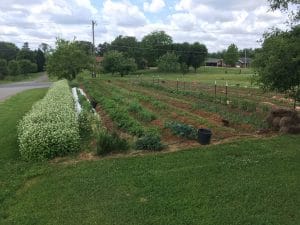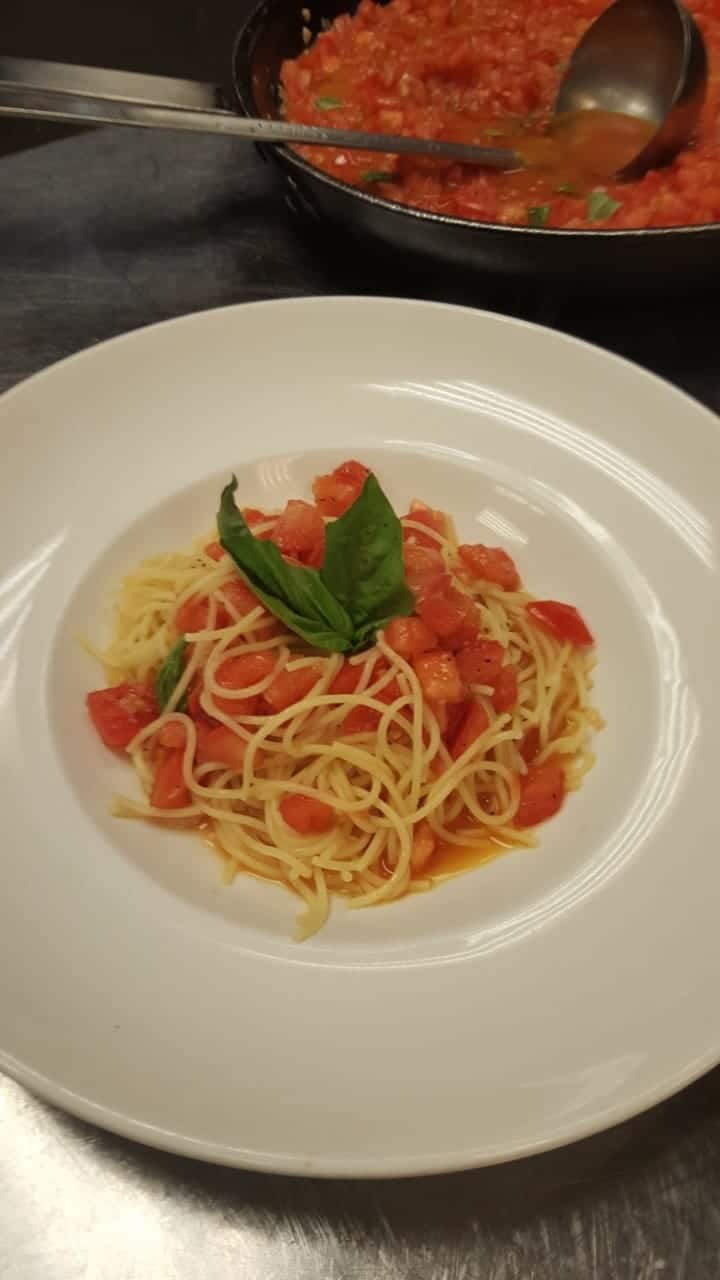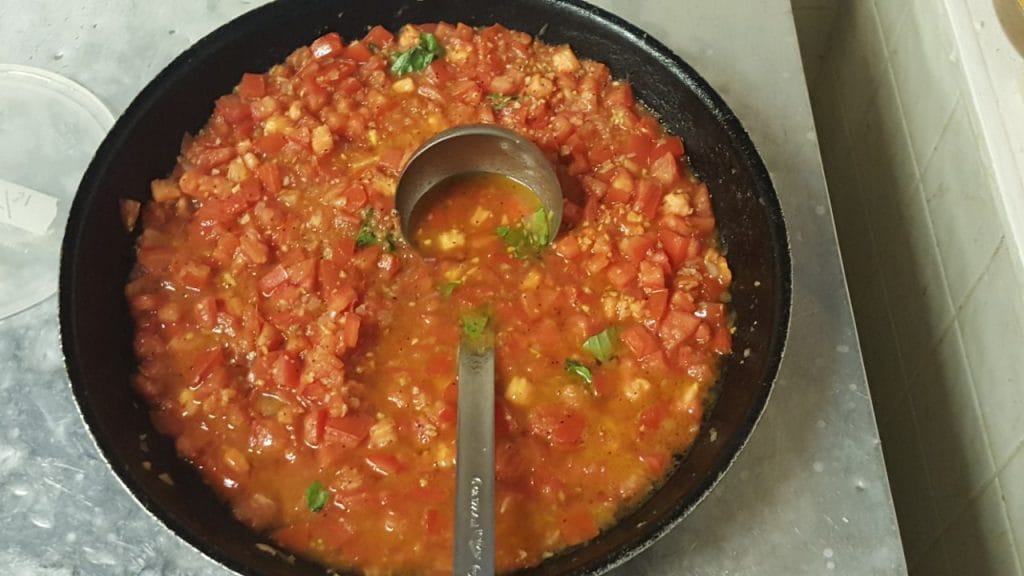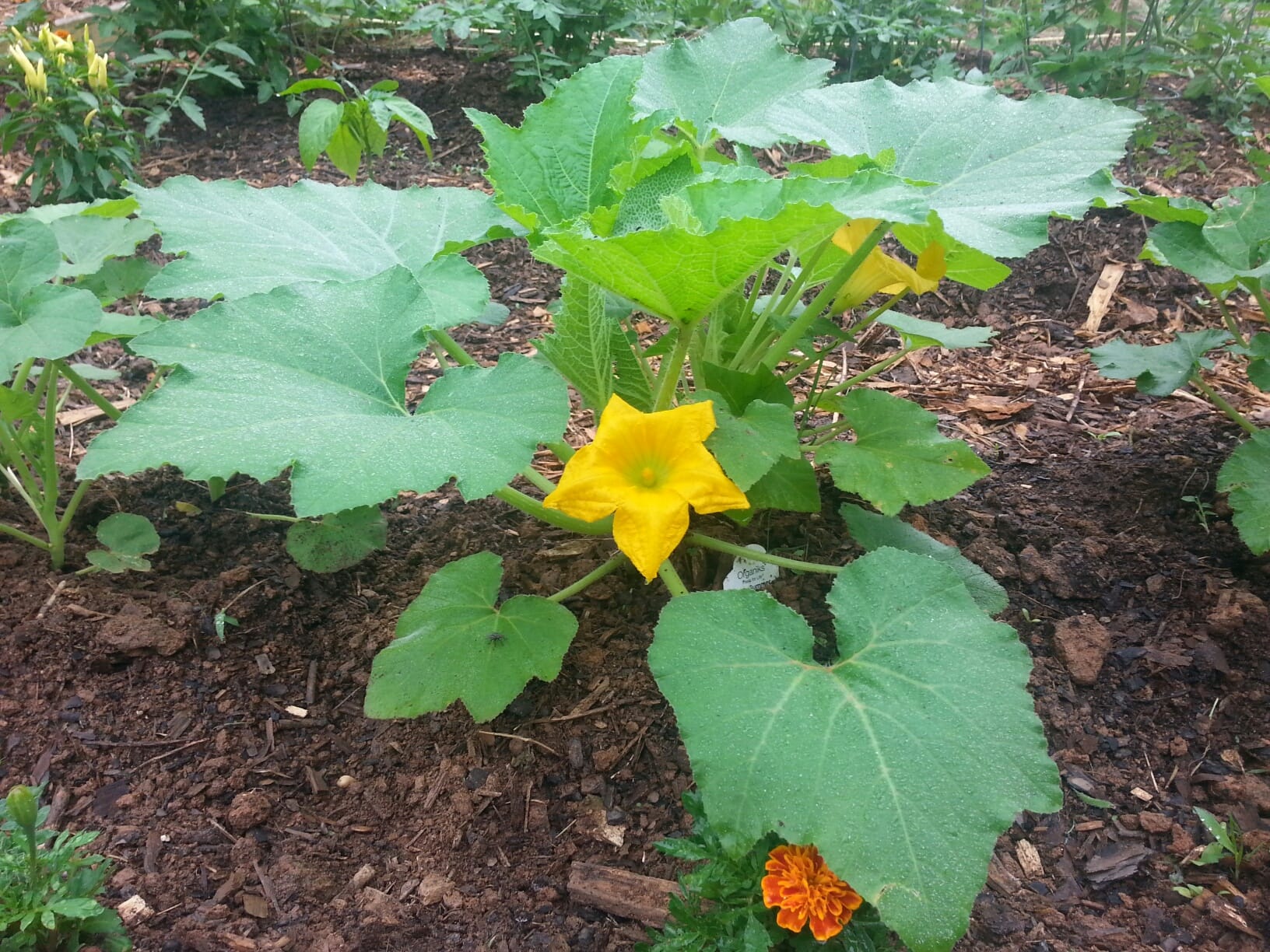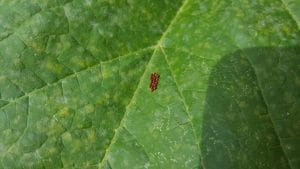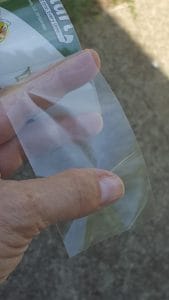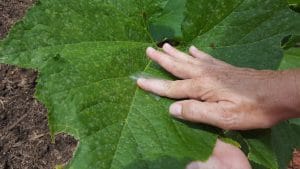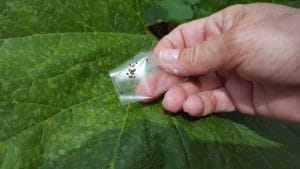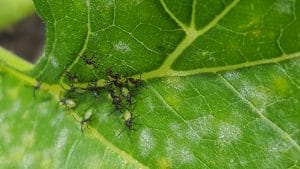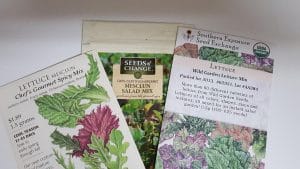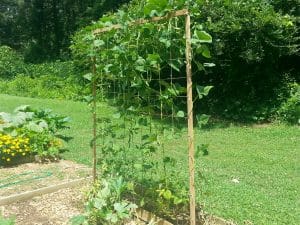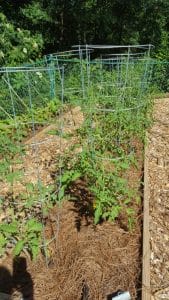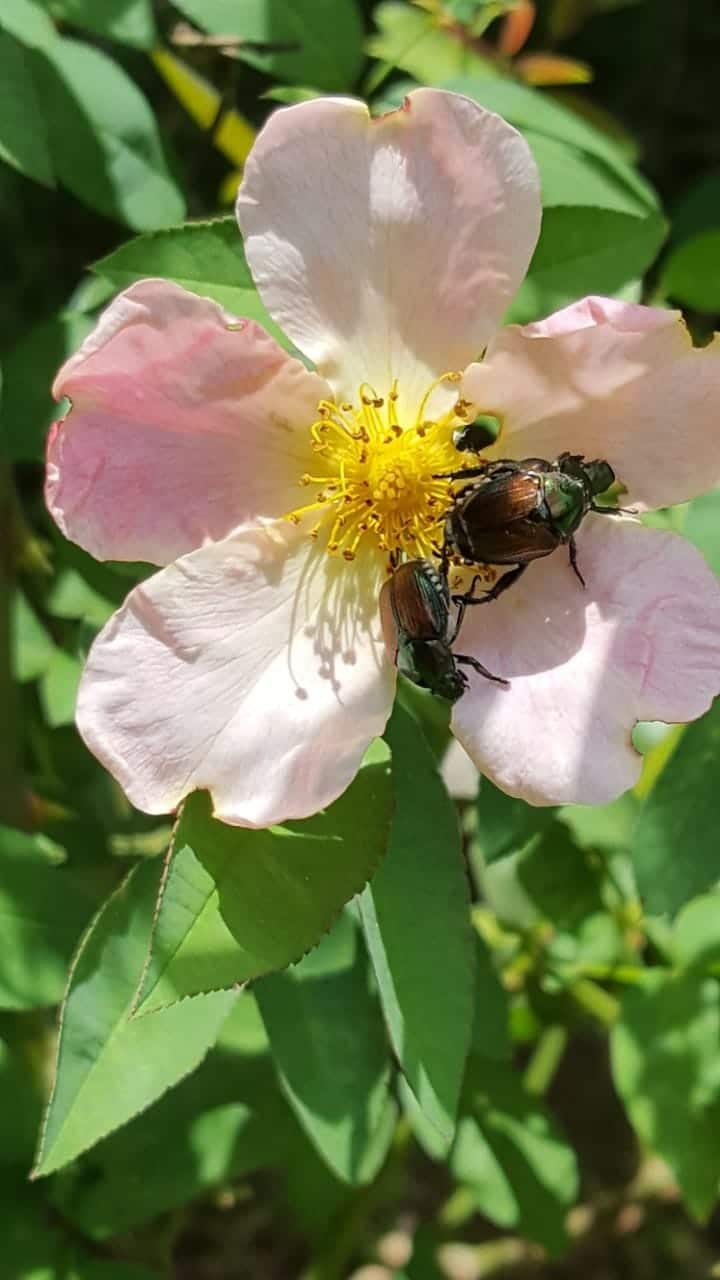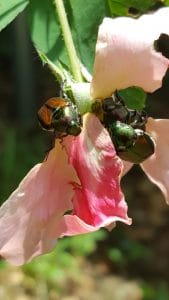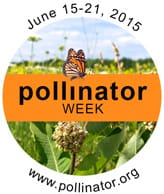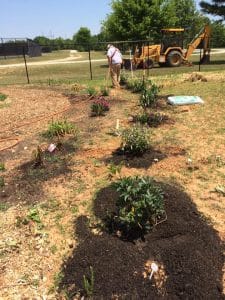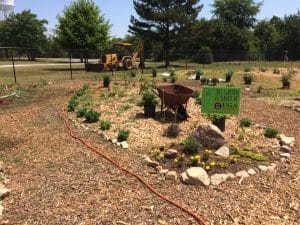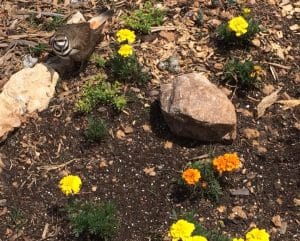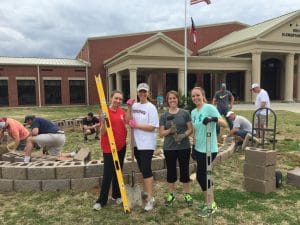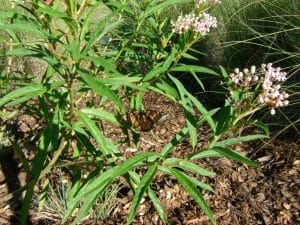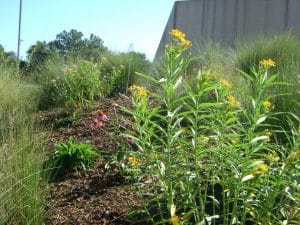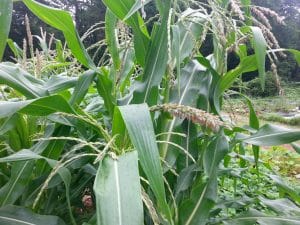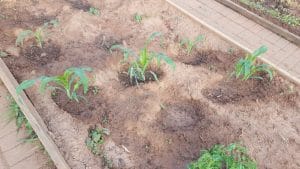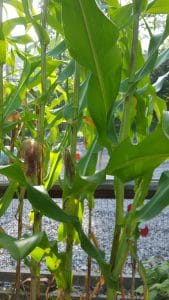Less than 10 miles outside of Las Vegas’s famous strip is a community food garden. Vegas Roots is a garden in the desert. On a recent trip out west I thought it would be fun to visit a garden with very different growing conditions than what I was used to in Georgia. And, I was curious to know what they were growing in the desert!
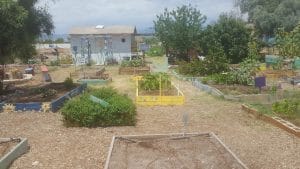
The Climate
The climate in this area is hot in the summer, really HOT! In July and August it is not uncommon for temperatures to be over 110 degrees F. And, it is dry. The average rainfall is 4.17 inches; compare that to Georgia’s 55 inches. So, how does this garden grow? It grows pretty well!
Vegas Roots Community Garden was created six years ago. It is a multi-faceted space that contains plots for community members to rent, an area for children’s gardening, and rows for growing food that is donated to seniors and others in need. Volunteers are always welcome and the nearby casinos are very supportive of this space.
Growing Food in the Desert
If you are interested in renting a 5′ X 10′ plot the cost is $500 per year. The plots come with improved soil and a drip irrigation system installed. The irrigation is automated and most of the rent costs go to pay for water.
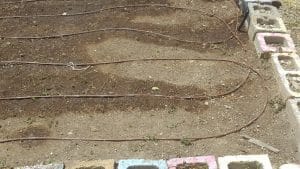
I visited this garden in early July and was surprised to see beautiful tomatoes and large squash fruits. With a climate so dry, Vegas Roots Community Garden does not have the fungal disease problems that we struggle with in Georgia. I got to eat juicy, ripe raspberries and saw apricot trees. Herbs were plentiful and sometimes the garden sells them to restaurants. My tour guide, Betty, says they will get burnout of plants later in the summer.
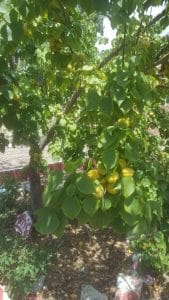
I asked about pollinators and it turns out that there are native bees and other pollinating insects that pollinate the plants. The gardeners plant pollinator flowers to attract them, but pollination is not a problem. The garden does not allow pesticides.
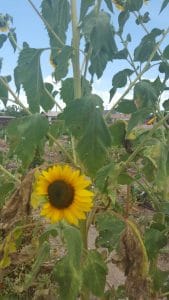
The afternoon I was there a delegation from South Korea was due to visit the garden. It turns out those South Koreans are interested in setting up community gardens in their neighborhoods. Betty indicated that they often get visitors who are in town for the more famous Las Vegas sites.
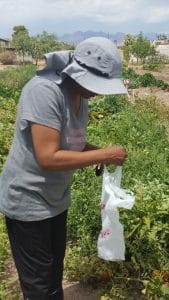
What a great treat to see such a lovely space. Thanks, Betty!
Happy Gardening!
